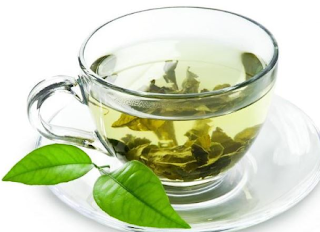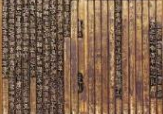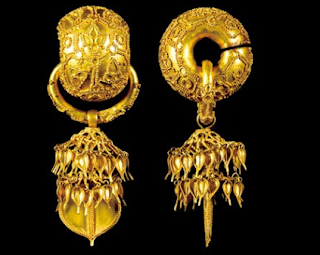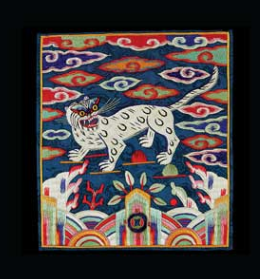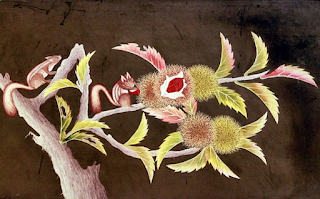Today I’d like to introduce traditional drinks of Korea.
Shik-Hye
Grind sprouted barley and brew it. Take only the upper, clear portion of it to ferment it, then mix it with sugar and cooked rice to boil the mix. Drink when the mixture has cooled.
Su-Jeong-Gwa
Put black sugar and dried persimmon into the water boiled with Gyepi(a kind of cinnamon) and ginger. Drink when cooled down as well.
Bae-Suk
Drive whole peppers into a cut asian pear. Put it and some sugar into water boiled with ginger. Cool the beverage down to drink. Bae-Suk is consumed hot as well as cold. It is helpful against common cold.
These are often had with Ddeoks I introduced last time.
There are lots of drinks developed making use of medical herbs or flower and fruits of plants. Basically, most of them are diluted juices, made by aging fruits in sugar or syrups.
Omija-tea
The main ingredient of this drink is Omija, a fruit with five flavours such as sweetness and sourness and so on. To make this tea, you mix the fruit with sugar or syrups to mature it. When drinking it, one dilute the resulting juice according to his or her taste. It keeps you healthy against cough or asthma.
Mae-Shil-tea
You make this tea by maturing plum fruit with sugar or syrup. It is anti-inflammatory and detoxifying. Koreans usually drink this in case of a stomachache.
Yu-Ja-tea
You mix cut citron with sugar or syrup to make this. This one is among the Korean’s favourite since it helps you for a cold.
Mo-Gwa-tea
The recipe is of the same with that of Yu-Ja-tea, while the only difference is you use quince rather then citron this time. It also has the same health effect as it’s citron version, making it popular among Koreans in winter times.
The rest are teas boiled with hot water.
Guk-Hwa-tea
You boil yellow camomile dried in autumn with warm water to drink it. It is effective for neuralgia, headache and cough.
Nok-tea(Green tea)
Boil dried tea leaves to drink. The tea is effective for fat splitting, making it a good choice for diet.
Dae-Chu-tea
Dilute filtered boiled date juice to drink it. It keeps your body warm and comfort the nerves. It also keeps your skin soft with its high containment of vitamin C.









